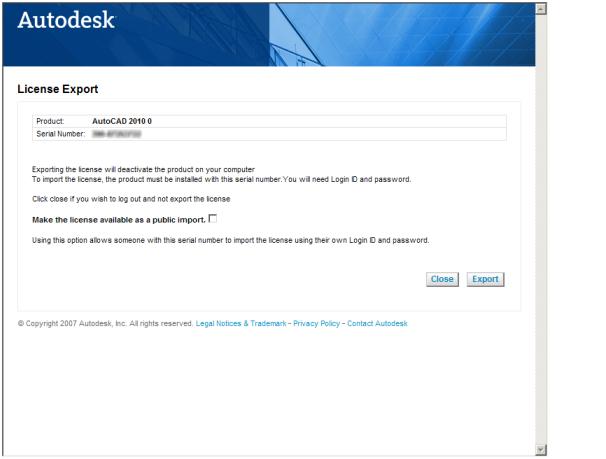Modify Multilines
Add and Delete Multiline Vertices
You can add or delete any vertex in a multiline.

You can use MLSTYLE to edit multiline styles to change the properties of multiline elements or the end caps and background fill of subsequently created multilines.
Multiline styles control the number of line elements in a multiline and the color, linetype, lineweight, and offset of each element. You can also modify the display of joints, end caps, and background fill.
Multiline styles have the following limitations:
Multiline objects are
composed of 1 to 16 parallel lines, called elements. To modify
multilines or their elements, you can use common editing commands,
a multiline editing command, and multiline styles.
Special
multiline editing features are available with the
MLEDITcommand including
the following:
- Add or delete a vertex
- Control the visibility of corner joints
- Control the style of intersection with other multilines
- Open or close gaps in a multiline object
Add and Delete Multiline Vertices
You can add or delete any vertex in a multiline.
Edit
Multiline Intersections
If you
have two multilines in a drawing, you can control the way they intersect.
Multilines can intersect in a cross or a T shape, and
the crosses or T shapes can be closed, open,
or merged.

Edit
Multiline Styles You can use MLSTYLE to edit multiline styles to change the properties of multiline elements or the end caps and background fill of subsequently created multilines.
Multiline styles control the number of line elements in a multiline and the color, linetype, lineweight, and offset of each element. You can also modify the display of joints, end caps, and background fill.
Multiline styles have the following limitations:
- You cannot edit the element and multiline properties of the STANDARD multiline style or any multiline style already used in the drawing.
- To edit an existing multiline style, you must do so before you draw any multilines in that style.
NoteIf
you use
MLSTYLE to create a multiline
style without saving it, and then select another style or create
a new style, the first MLSTYLE properties are lost. To maintain
the properties, save each multiline style to an MLN file before
creating a new one.
Use Common
Editing Commands on Multilines
You
can use most of the common editing commands on multilines except
 To delete a vertex from a multiline
To delete a vertex from a multiline
 To create a closed cross intersection
To create a closed cross intersection
 To edit a multiline style
To edit a multiline style
- BREAK
- CHAMFER
- FILLET
- LENGTHEN
- OFFSET
NoteIf
you trim or extend a multiline object, only the first boundary object encountered
determines the shape of the end of the multiline. A multiline cannot
have a complex boundary at its endpoint.
- Modify
menu
Object
Multiline
- In the Multiline Edit Tools dialog box, select Delete Vertex.
- In the drawing, specify the vertex to delete. Press Enter.
- Modify
menu
Object
Multiline
- In the Multiline Edit Tools dialog box, select Closed Cross.
- Select the multiline for the foreground.
- Select the multiline
for the background.
The
intersection is modified. You can continue selecting intersecting
multilines to modify, or press Enter to end the command. Press Enter
again to redisplay the Multiline Edit Tools dialog box.
- Format
menu
Multiline Style
- In the Multiline Styles dialog box, select the style name from the list. Click Modify.
- Click Element Properties.
- In the Modify Multiline Styles dialog box, change the settings as needed.
- Click OK.
- In the Multiline Styles dialog box, click Save to save the changes to the style in the MLN file.
- Click OK.





